Invented by Changzheng Wei, Ying Yan, Hui Zhang, Alipay Hangzhou Information Technology Co Ltd
Blockchain technology, originally developed as the underlying infrastructure for cryptocurrencies like Bitcoin, has evolved into a versatile platform for secure and transparent data storage and management. By using a decentralized network of computers, blockchain enables the creation of tamper-proof and immutable records, making it ideal for applications that require trust and transparency, such as supply chain management, financial transactions, and healthcare data sharing.
However, the decentralized nature of blockchain also presents challenges in terms of data processing and scalability. As the number of transactions and data stored on the blockchain increases, the processing power required to validate and update the ledger grows exponentially. This is where cloud computing comes into play.
Cloud computing provides a flexible and scalable infrastructure that can handle the computational demands of blockchain data processing. By leveraging the power of distributed computing resources, cloud-based solutions can process blockchain transactions faster and more efficiently than traditional on-premises systems. Additionally, cloud computing offers the advantage of cost-effectiveness, as businesses can pay for only the computing resources they need, scaling up or down as required.
Several companies have recognized the potential of combining blockchain and cloud computing to create innovative data processing methods and apparatuses. These solutions range from cloud-based blockchain platforms that provide a complete infrastructure for building and deploying blockchain applications, to specialized tools and services that optimize the performance and scalability of blockchain networks.
One example of a cloud-based blockchain platform is Amazon Managed Blockchain, offered by Amazon Web Services (AWS). This fully managed service allows businesses to create and manage scalable blockchain networks using popular frameworks like Ethereum and Hyperledger Fabric. By leveraging AWS’s extensive cloud infrastructure, businesses can easily deploy and scale their blockchain applications, reducing the time and effort required for setup and maintenance.
Other companies, such as IBM and Microsoft, have also developed cloud-based blockchain solutions that provide similar capabilities. IBM Blockchain Platform, built on the IBM Cloud, offers a comprehensive set of tools and services for developing, testing, and deploying blockchain applications. Microsoft Azure Blockchain Service, on the other hand, provides a fully managed blockchain service that integrates with other Azure services, enabling businesses to build end-to-end blockchain solutions.
In addition to these platform-level solutions, there are also specialized tools and services that focus on optimizing the performance and scalability of blockchain networks. These include data processing frameworks that leverage cloud computing resources to accelerate transaction processing, as well as analytics tools that provide insights into blockchain data for better decision-making.
The market for blockchain data processing methods and apparatuses based on cloud computing is expected to witness significant growth in the coming years. According to a report by MarketsandMarkets, the global blockchain market size is projected to reach $39.7 billion by 2025, with cloud-based solutions playing a crucial role in driving this growth.
The benefits of combining blockchain and cloud computing, such as improved scalability, cost-effectiveness, and ease of deployment, make it an attractive proposition for businesses across various industries. As more organizations recognize the potential of blockchain technology and seek efficient data processing solutions, the market for blockchain data processing methods and apparatuses based on cloud computing is set to thrive.
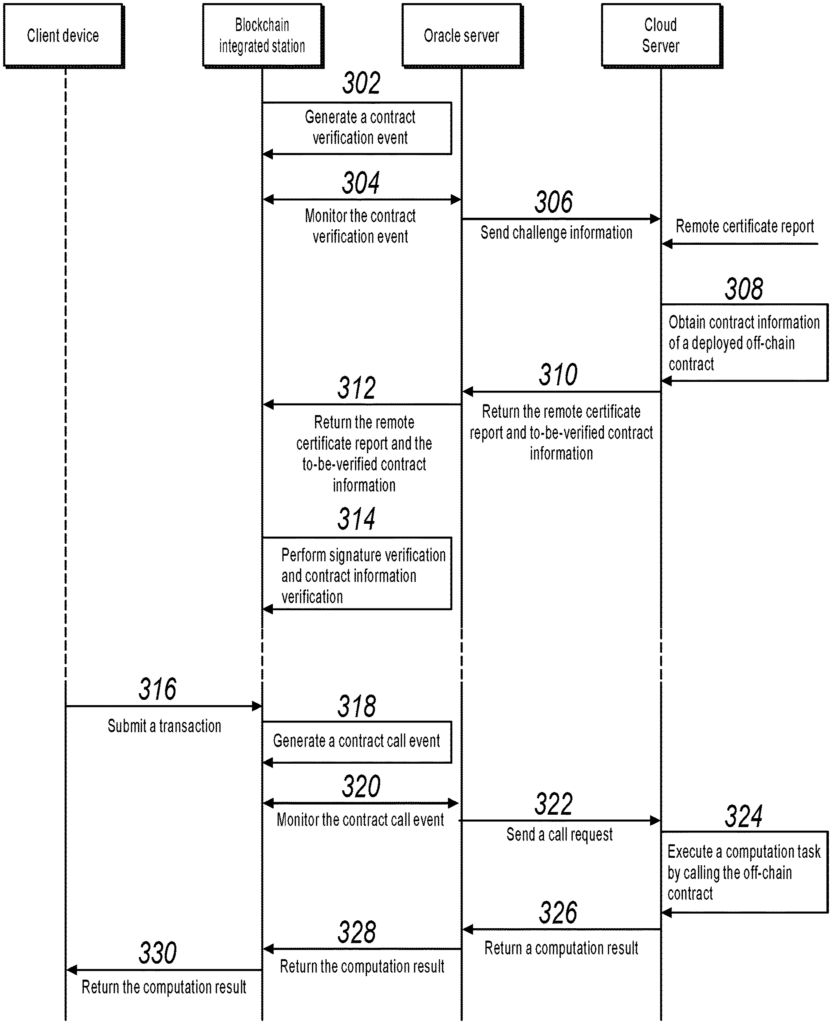
The Alipay Hangzhou Information Technology Co Ltd invention works as follows
The blockchain integrated station sends a ciphertext to a server. This ciphertext includes the first information associated with an off-chain contract’s input data. The server provides the blockchain integrated station with an execution result. This execution result was obtained by the server after executing the contract off-chain using the input data.
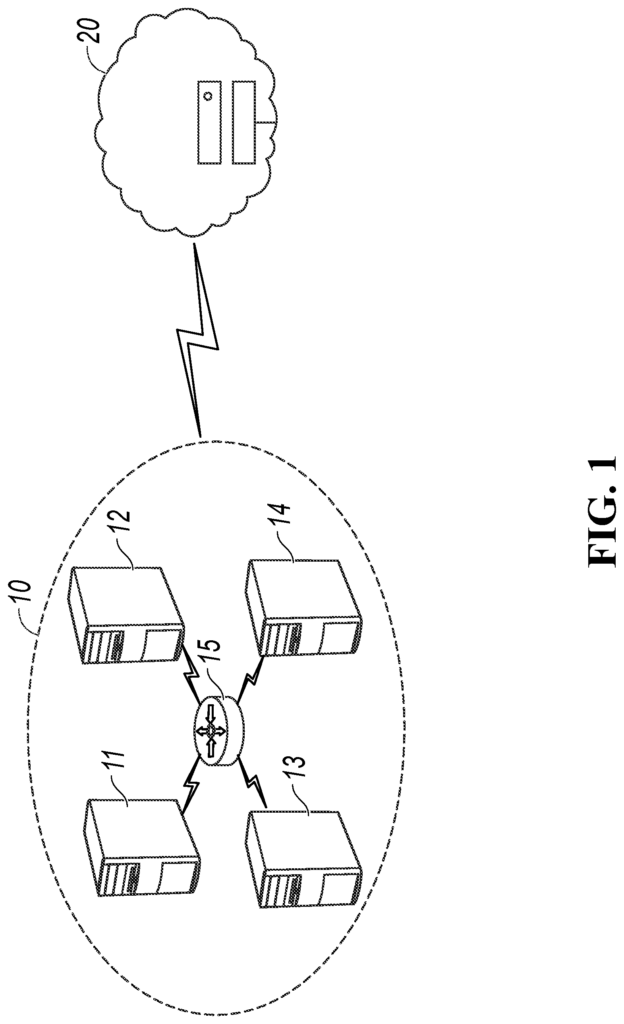
Background for Blockchain Data Processing Methods and Apparatuses Based on Cloud Computing
Blockchain (also known as distributed ledger) technology is a decentralized database technology that has many characteristics, such as openness, transparency and immutability, and is therefore applicable to many scenarios where data reliability is important.
In light of this, some embodiments of the current specification provide methods and apparatuses for processing blockchain data based on cloud computing.
To achieve the above-mentioned objective, one or several embodiments of this specification provide the following solution technically.
Accordingly to a first element of one or more embodiments in the present specification, a cloud-based blockchain data processing method is provided, which includes:
Initiating a ciphertext to a cloud-based server by a blockchain-integrated station. The cloud-based server will decrypt the ciphertext in a trusted execution environment and return a plaintext, which includes the relevant data to be processed;
Obtaining, by the Blockchain integrated station, an executed result returned by a cloud server. The execution result is obtained when the cloud server executes a relevant operation according to relevant information on the data to be processed.
Accordingly to a second element of one or more embodiments in the present specification, a cloud-based blockchain data processing method is provided, which includes:
Receiving, by a cloud-based server, a ciphertext-initiated request from a blockchain-integrated station, and obtaining a cleartext-initiated request by decrypting it in a trusted execution environment in order to read the relevant information of the to-be processed data contained in the plaintext-initiated request;
executing, by the cloud-server, a relevant operations on the data to be processed according to relevant information and returning to the blockchain-integrated station an execution result that corresponds to the relevant operation.
According to a third feature of one or more embodiments, a cloud-based blockchain data processing device is provided, which includes:
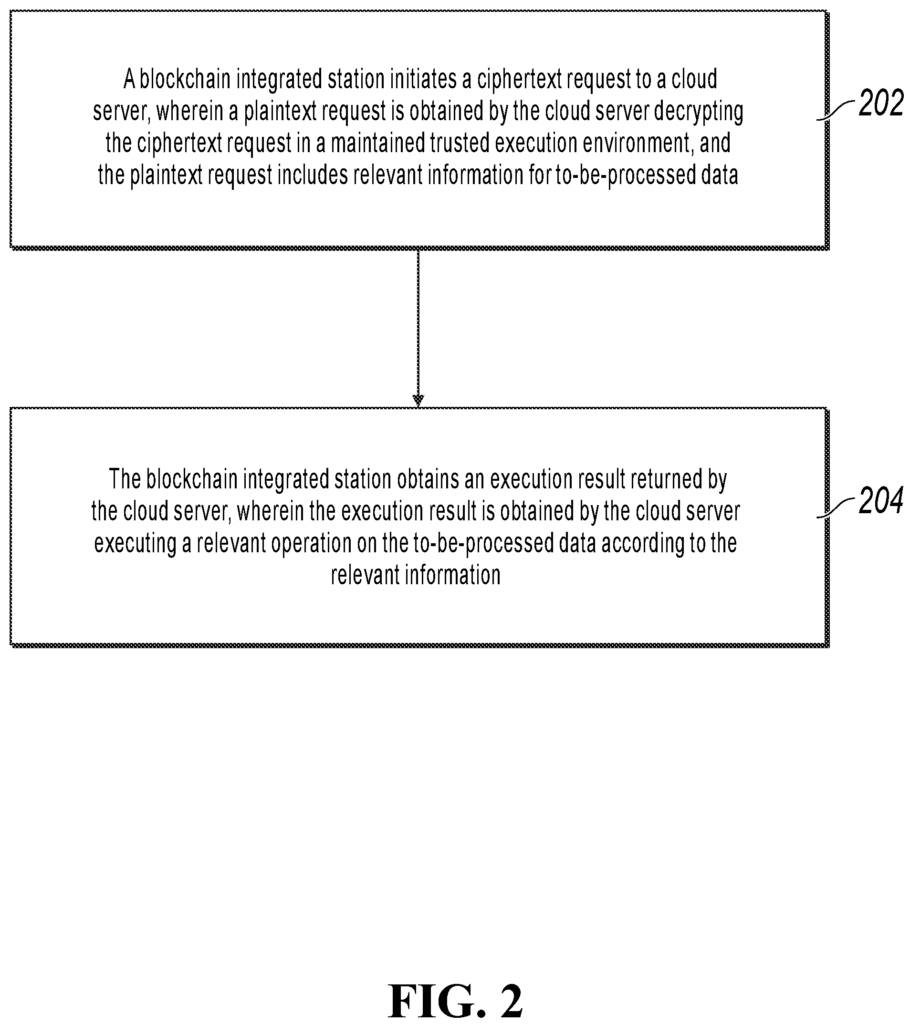
a request initiating device, configured to allow a blockchain-integrated station to send a ciphertext to a cloud-server, wherein the cloud-server decrypts the ciphertext in a trusted execution environment and the plaintext includes relevant data for to-be processed data.
A result obtaining unit configured to enable the Blockchain integrated station to obtain a return result from the cloud server. The execution result is obtained when the cloud server executes a relevant operation according to relevant information on the data to be processed.
According to a fourth feature of one or more embodiments, a cloud-based blockchain data processing device is provided, which includes:
A request obtaining unit configured to enable a Cloud server to receive a encrypted request from a Blockchain integrated station, and to obtain a plaintext by decrypting it in a trusted execution environment to read the relevant information of the to-be processed data contained in the plaintext;
An executing unit configured to enable a cloud server to perform a relevant operations on the data to be processed according to relevant information and return to the blockchain integrated station an execution result that corresponds to the relevant operation.
Accordingly to a fifth element of one or more embodiments, there is provided an electronic device comprising:
a processor;
A memory that stores processor executable instructions
wherein the processor implements a method according to both the first and second aspects by running executable instructions.
According to a sixth element of one or more embodiments in the present specification, a computer-readable storage medium with computer instructions is provided, wherein these instructions are executed by the processor to implement the steps of the method according to either the first or second aspect.
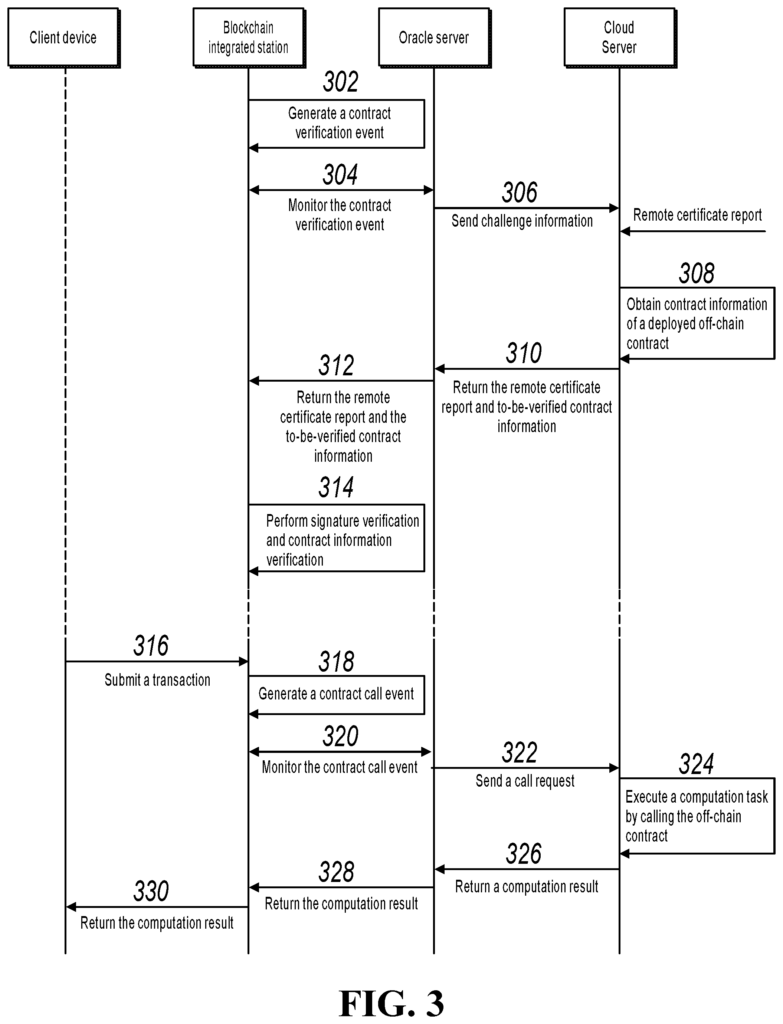
Click here to view the patent on Google Patents.
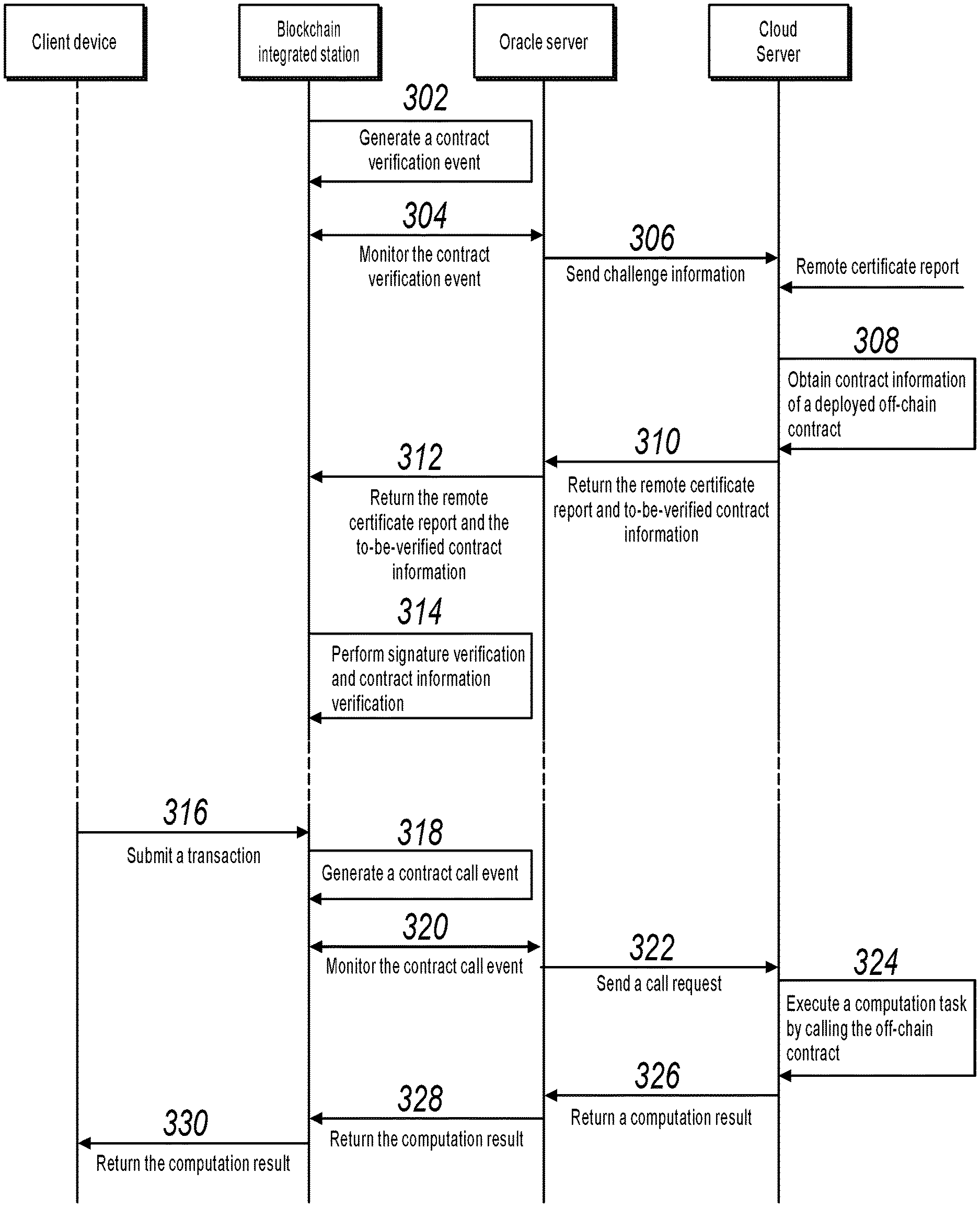
Leave a Reply